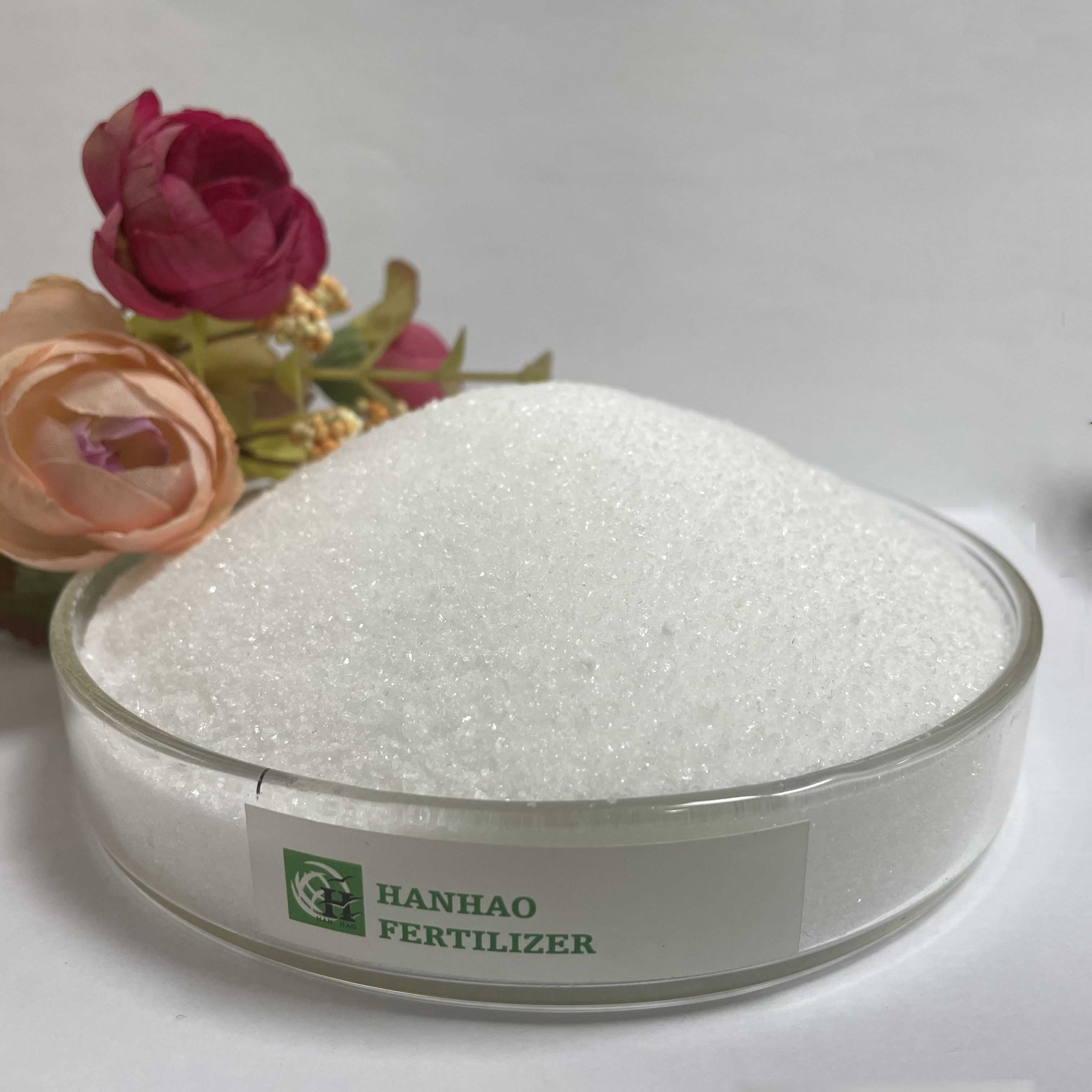
11月 . 13, 2024 13:07 Back to list
buy 9-18-9 fertilizer
The Importance of N-P-K Fertilizers A Focus on 9-18-9 Formulation
In the realm of agriculture and gardening, fertilizers play a pivotal role in enhancing plant growth and productivity. Among the various types of fertilizers available, N-P-K fertilizers are particularly popular due to their balanced provision of essential nutrients. One specific formulation that has garnered attention is the 9-18-9 fertilizer, known for its distinctive nutrient content 9% nitrogen (N), 18% phosphorus (P), and 9% potassium (K). Understanding the significance of this fertilizer can help gardeners and farmers make informed decisions to optimize their crop yield.
Understanding N-P-K Ratios
The N-P-K ratio on fertilizer bags indicates the percentage of these three key nutrients. Nitrogen is crucial for promoting lush, green foliage and overall plant vigor. Phosphorus supports root development, flower formation, and fruiting, while potassium is essential for overall plant health, including disease resistance and water regulation. The unique 9-18-9 formulation strikes a balance, providing a higher concentration of phosphorus. This makes it particularly suitable for plants in their flowering and fruiting stages, where robust root and flower development can significantly affect yield.
Applications of 9-18-9 Fertilizer
The 9-18-9 fertilizer is often used in various contexts, from commercial agriculture to home gardening. It is particularly favored for flowering plants, vegetables, and fruits. For example, when applied to vegetable gardens, this fertilizer can enhance the production of crops such as tomatoes and peppers, where strong root systems and abundant flowers lead to better fruit yield. Similarly, for flowering plants like roses and petunias, the phosphorus content ensures vibrant blooms.
Gardeners often apply this fertilizer at the time of planting or during the early growth stages of plants to ensure that they obtain the necessary nutrients for optimal development. Additionally, this formulation can be beneficial for transplanting scenarios, helping young plants establish themselves in new environments.
Benefits of 9-18-9 Fertilizer
1. Enhanced Flowering The elevated phosphorus level in 9-18-9 promotes the development of flowers, making it an ideal choice for gardeners looking to boost floral displays.
buy 9-18-9 fertilizer

2. Strong Root Development Phosphorus is known to stimulate root growth, leading to healthier, more robust plants that can better absorb nutrients and water from the soil.
3. Improved Fruit Production For fruiting plants, the balanced ratio of nutrients in 9-18-9 ensures that plants not only grow well but also produce a higher quantity of quality fruit.
4. Soil Quality Improvement Regular use of N-P-K fertilizers, including 9-18-9, can improve soil structure and nutrient content over time, leading to sustainable gardening practices.
5. Versatility This fertilizer can be used across various types of gardens, including vegetable plots, flower beds, and ornamental gardens, making it a great all-purpose choice.
Considerations for Use
While 9-18-9 fertilizer offers significant benefits, there are important considerations for its application. Firstly, it’s crucial to conduct a soil test before application to determine existing nutrient levels. This ensures that the fertilizer complements rather than overwhelms the soil’s natural nutrient profile. Moreover, gardeners should follow application guidelines to avoid over-fertilizing, which can lead to nutrient run-off and environmental damage.
Additionally, while chemical fertilizers can provide immediate nutrients, incorporating organic matter such as compost can further enhance soil health and promote sustainable gardening practices. This approach not only benefits the plants but also enriches the ecosystem.
Conclusion
In conclusion, the 9-18-9 fertilizer is a valuable tool in the arsenal of both home gardeners and commercial growers. Its balanced nutrient content makes it particularly effective for promoting flowering and fruiting, which can lead to increased yields and healthier plants. By understanding how to properly use this fertilizer and considering its effects on soil health, gardeners can make significant strides in their cultivation efforts. Ultimately, the judicious application of 9-18-9 can transform ordinary gardens into vibrant, productive spaces, satisfying both aesthetic and agricultural goals. As we strive for improved agricultural practices, fertilizers like 9-18-9 remind us of the essential role that nutrients play in nurturing the world’s plants.
-
10 10 10 Fertilizer Organic—Balanced NPK for All Plants
NewsJul.30,2025
-
Premium 10 10 10 Fertilizer Organic for Balanced Plant Growth
NewsJul.29,2025
-
Premium 10 10 10 Fertilizer Organic for Balanced Plant Growth
NewsJul.29,2025
-
Premium 10 10 10 Fertilizer Organic for Balanced Plant Growth
NewsJul.29,2025
-
50 Pound Bags of 13-13-13 Fertilizer for All Plants – Bulk & Organic Options
NewsJul.28,2025
-
High-Efficiency 15-30-15 Granular Fertilizer for Healthy Crops
NewsJul.28,2025
